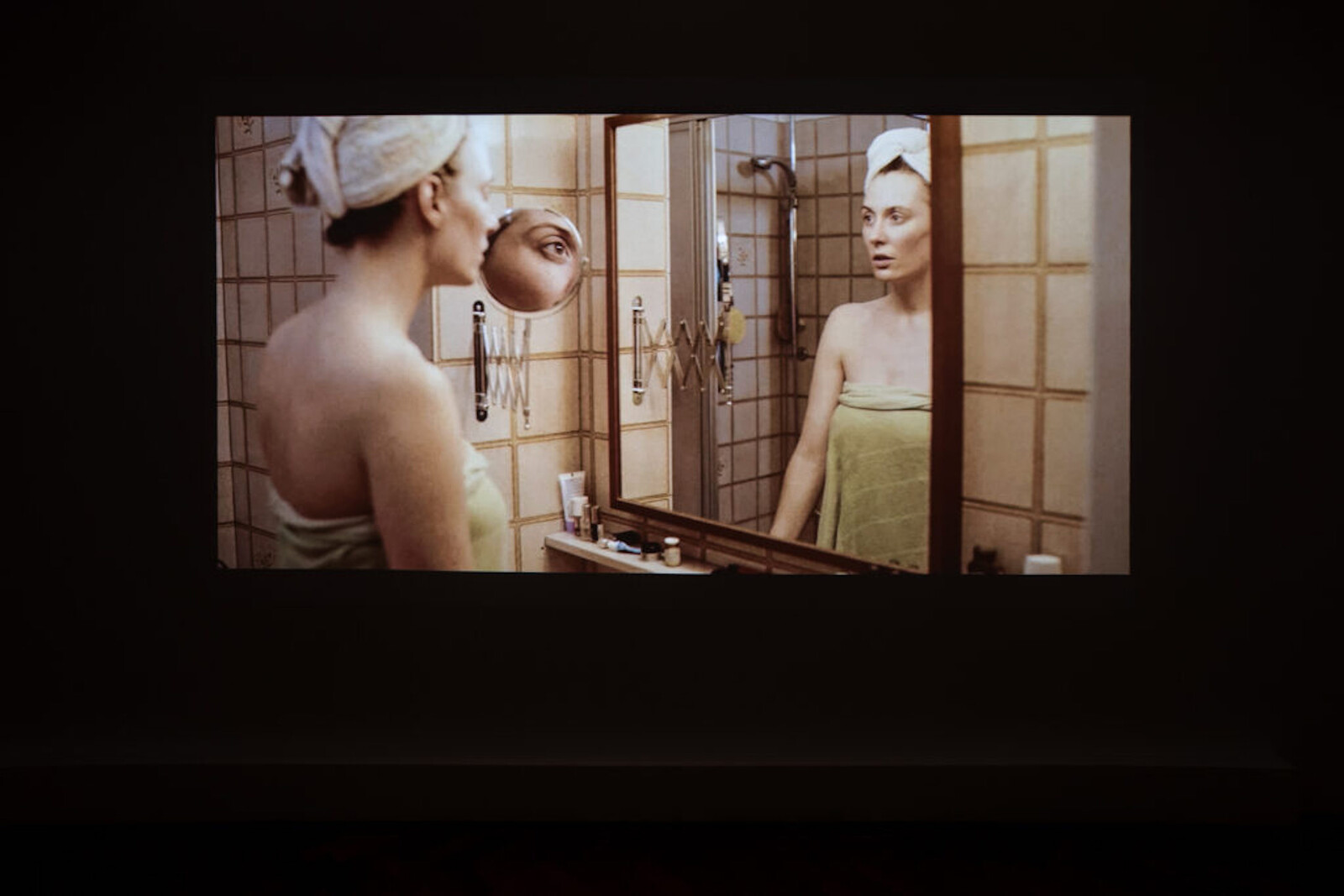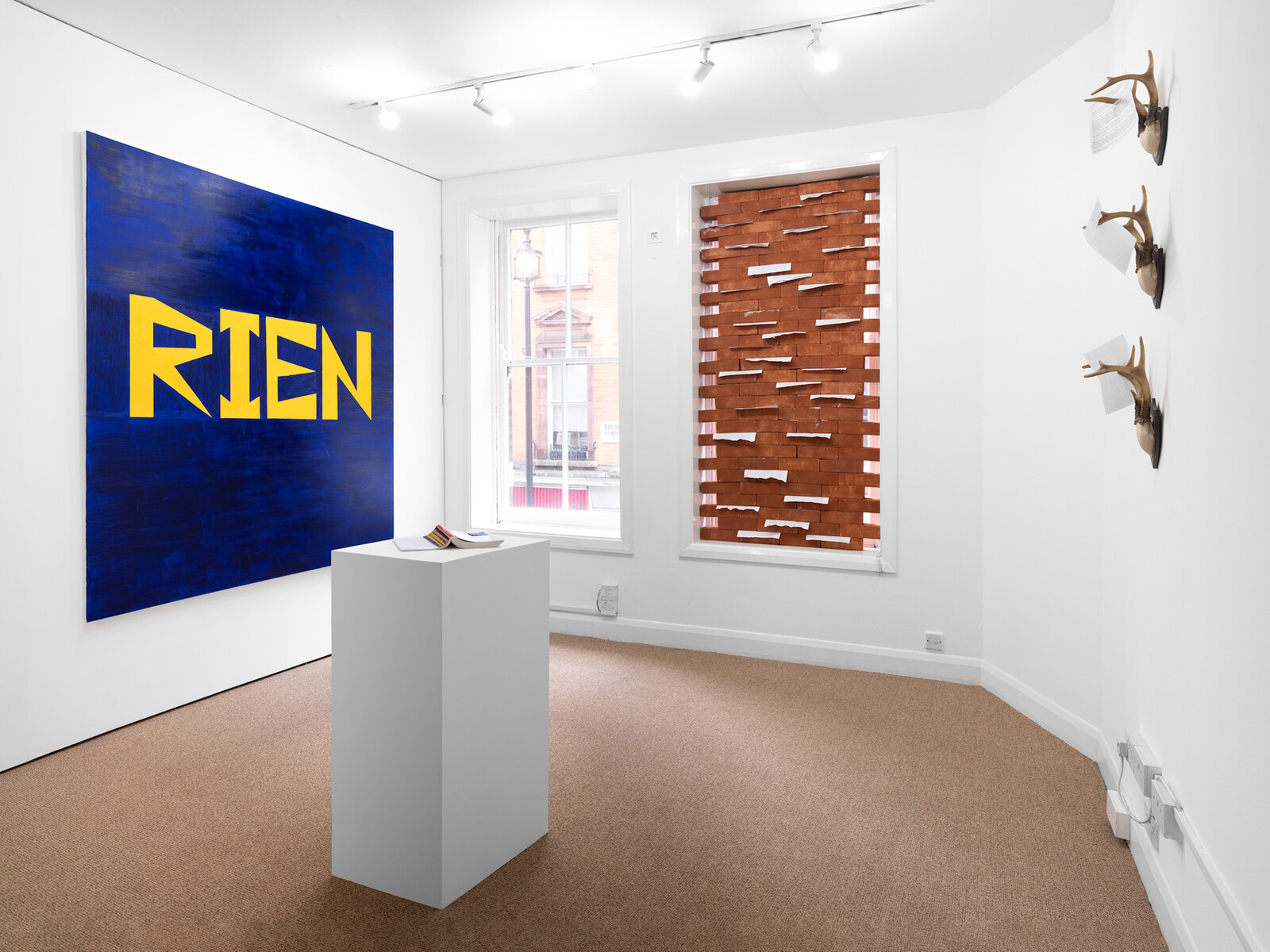Categories
Subjects
Authors
Artists
Venues
Locations
Calendar
Filter
Done
June 28, 2021 – Feature
London Roundup
Orit Gat

It would be impossible to think about London’s first Gallery Weekend in early June outside the context of the slow re-emergence from lockdowns. I know this strange sensation is not unique, but the experience of a public disaster dealt with largely by isolating from society has also marked the way I look at art. Taking stock of my tour of the city, it strikes me that the artworks which affected me most were ones that displayed intimacy, proximity, and all those daily exchanges from which I have felt distant these past sixteen months.
That is not to say that the daily and intimate are not political. At Lisson, “An Infinity of Traces,” a group show curated by Ekow Eshun, focused on the work of UK-based Black artists. It included Alberta Whittle’s video Between a Whisper and a Cry (2019), which explores Barbadian poet and historian Kamau Brathwaite’s idea of an oceanic worldview in the aftermath of the Middle Passage, and a series of watercolor text drawings by Jade Montserrat (who also has a solo show at Bosse & Baum in South London) that bear heavy, physical messages, like The smell of her still burning hair (2017). When I was trying to …
July 24, 2020 – Review
Hannah Black’s “Ruin/Rien”
Harry Burke

A 2001 paperback edition of The Black Jacobins (1938), C. L. R. James’s study of the dialectical relationship between the Haitian and French revolutions, rests on a plinth in Hannah Black’s exhibition “Ruin/Rien” at Arcadia Missa (Ruin II, all works 2020). Its cover features a detail of Anne-Louis Girodet-Trioson’s romanticist 1797 portrait of Jean-Baptiste Belley, a freed slave who attained the rank of captain during the rebellion and was the first Black deputy elected to the French National Convention. The artist has placed a post-it note on the upper-right corner of the cover. Written on it, in yellow pastel against a blue background, is the word “RUIN.”
By revealing that the Haitian rebellion—which overthrew French colonial rule in one of the most consequential slave uprisings in history—was central to the upheavals in Paris, James argues that the question of slavery underwrites modern definitions of liberty. “Ruin/Rien” features a heterogeneous suite of new sculptures and videos that draw connections between these revolutionary events and the idea of the autonomous artwork. The bricked-up window of Bastille, for example, references both minimalist sculpture and the Bastille cell in which the Marquis de Sade was imprisoned and where he wrote The 120 Days …
